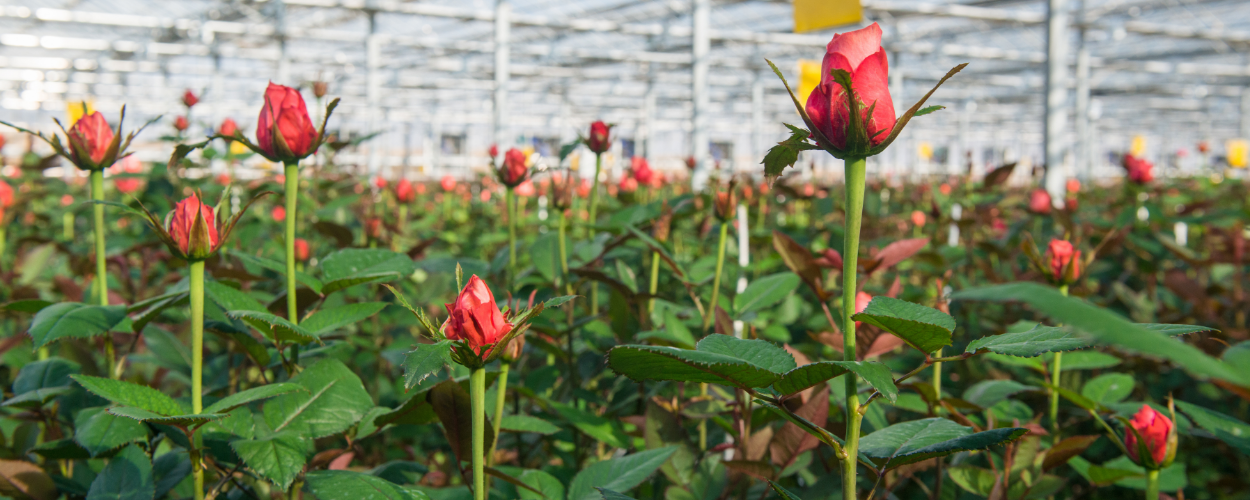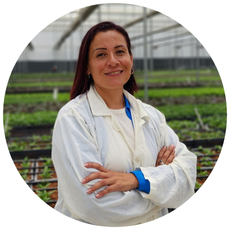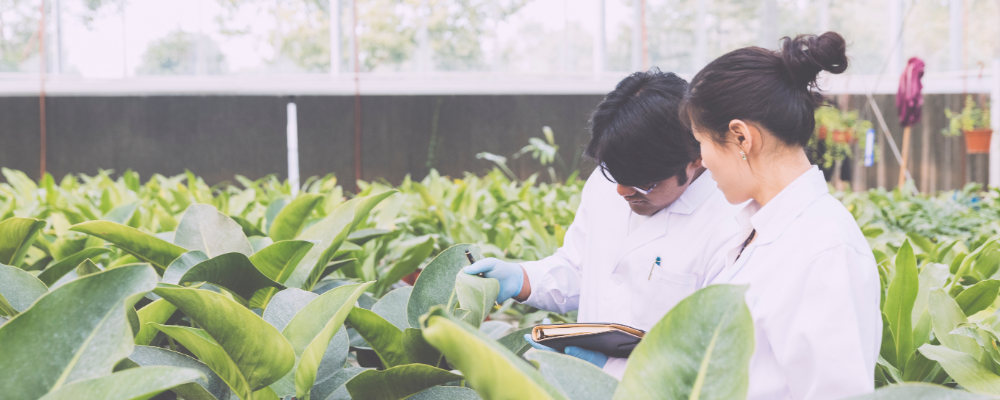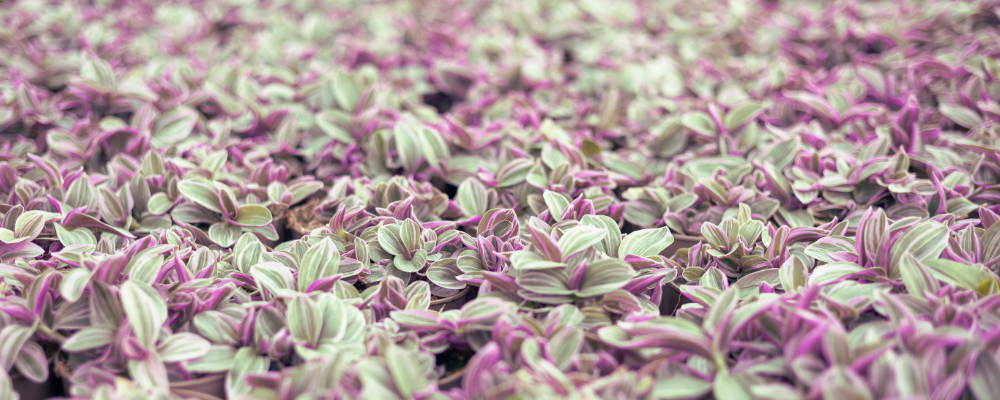
When every petal has to shine on a single (Mothers) day

Colombia successfully delivers another Mother's Day harvest
Were you involved in the huge effort to get flowers to mothers all over the Americas this last weekend? Or, ever wondered just how they do that?
Before I joined Svensson here in Colombia, I was a grower with responsibility for crop programming and integrated pest management. I was part of that huge effort each May.
After the Netherlands, we are the world’s number two flower grower. We’re number one in the Americas, followed by Ecuador.
Mothers want colorful flowers on Mothers Day. Our main exports are colorful bouquet flowers, led by roses, gerberas, chrysanthemums, and among other species. Once the Colombian growers get through Valentines Day, the 11th of May is the next biggest event in their calendar.
These days I spend my days travelling across South America helping growers who are often new to high-tech shade and diffusing screens, or growing through winter using energy screens. My screen customers are often chrysanthemum, orchids and roses growers.

Martha Alape trained as an Agronomic Engineer in Bogota before specializing in biological pest management and programming, including for the large Colombian mother's day crop
After I graduated in Agronomic Engineering, I worked on several flower farms, the last seven years of working in flower production were at GHT. They are one of the most important producers in Colombia and there they had to prepare the Mother's Day crop ready.
I think sometimes people don't understand the scale of the flower business here. One of our largest producers, Sunshine Bouquet, for example, has around 1200 hectares under production, mainly in Colombia and Ecuador. Just like groups such as Elite, GHT, Ipanema among others, they have been very focused on the Mother's Day harvest, which has already been sent to the United States mainly to celebrate this day.
Crop programming
It takes between 10 and 12 weeks to produce a flower to make a mom’s day. For the bouquet to arrive at breakfast time in Grafton, West Virginia, where Mother's Day was first celebrated, it will need to be cut in Colombia around the 4 of May.
Flowers travel mainly by plane. I know that for Valentines Day they have about 500 varieties of different species and millions of flowers travel on hundreds of aircraft for three weeks of period. Mother's Day is not far behind.
Timings vary a little. The chrysanthemums and the carnations will be shipped by sea, the roses go by plane for greater freshness.
In my working life in flower crops I performed two roles. The first in independent crops where I managed production and programming and in GHT I was in charge of the phytosanitary part of the farm.
When I was growing, we would start the flowers at the end of January and the beginning of February. In March, the rains begin. By April there is more rain. By the time of the harvest for Mother's Day, the humidity is high and you have to be super attentive the flowers don’t get sick with botrytis and the new shoots of velloso mildew. They are very serious diseases.
It’s a nervous period. If the crop isn’t ready, raising the temperature is an option for forcing the plant into flower. If there is a lot of rain and cloudy days, there is also nervousness due to the possible presence of diseases.
Mothers for mothers
Most of the flower workforce in Colombia is female, say about 70%. So in fact, it’s actually mothers in Colombia who grow the flowers for the mothers in the U.S. But when I graduated in Agronomic Engineering, of the 70 students, only 14 of us were women.
As a woman in a leadership role in greenhouses, you have to have plenty of character and some firmness so that people respect you and follow your instructions. But after a while I realized I didn’t have to act manly. That I shouldn’t lose my femininity.
My own mom passed away eight years ago. She was called Luz Maria. You could say Mary of light. She was SO excited when I first started working on a flower farm. She used to love it when I would bring her roses home from the farm.

The Magic of Light guide
Learn more about how growers in warm regions are using light management to extend their season and bring crops to maturity on schedule and with the quality and yield they seek.
Download the guide "The magic of getting light balance just right
Related articles

Once in a century heatwave forces Eastern Chinese growers to review shade strategy
Growers with greenhouse equipment from 10-20 years ago, and even growers with the latest high-tech Dutch semi-closed greenhouses, are having to..

In winter think spring: ornamental growers are prepping now
Whether you’re in cut flowers or pots, ornamental growers are on a schedule already. For those who sell combination pots, foliage bowls or bedding..
